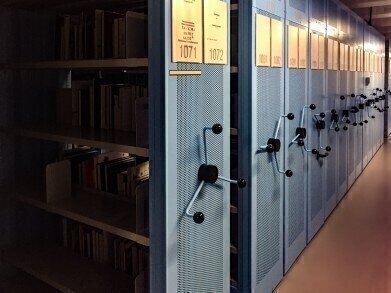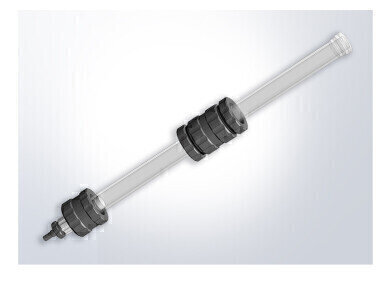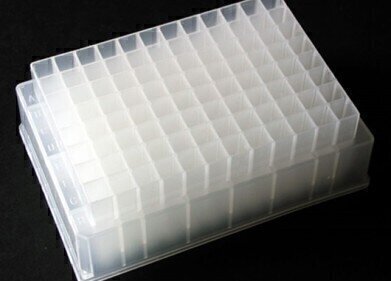Preparative
Discovering Ion Exchange Chromatography’s Fascinating History
May 03 2015
Ion exchange chromatography (IEX) works by separating out ions and polar molecules by using the amount of charge that each individual component holds. It can be applied to pretty much any charged molecule, regardless of size, meaning that it is an apt method for both tiny nucleotides and large proteins.
Based on how they interact with the stationary phase, the analytes (separate components) will adhere to different parts of the column. The practice has been around for more than a hundred years, although over the years it has become ever more refined.
Recently, it has reached a developmental stage which means that it is able to help scientists face the challenges in biopharmaceutical production with unprecedented acumen.
The Timeline of IEX
1845 – H.S. Thompson managed to remove ammonia from a sample of manure by passing it through ordinary garden soil.
1850 – J.T. Way and H.S. Thompson successfully extracted ammonia and released calcium from clay samples through the use of carbonate and ammonium sulphate. This is the very first instance of ion methods being used in scientific processes.
1876 – J. Lemberg recognises zeolites as carriers of Base Exchange in certain soils. From this, the equivalence of Base Exchange was proved.
1901 – F. Harm, K. Halse, S. Mayert and A. Rumpher used artificial zeolities in the successful removal of potassium from sugary liquids. This was the first instance of an artificial industrial ion exchanger.
1905 – R. Gans was instrumental in discovering that zeolites were capable of softening hard water and in inventing the processes whereby zeolites could be synthesized, as well as designing the first zeolite water softener equipment. This was especially useful in extracting gold from sea water.
1923 – J. Whitehorn pioneered the use of ion exchange in column chromatography for the first time.
1927 – A. Bahrdt used an ion exchange column in the field of anion analysis for the first time.
1934 – Following on from the 1901 synthetic breakthrough, E. L. Holmes and B. A. Adams successfully synthesized the first organic ion exchanger.
1942 – J. Schubert, G.E. Boyd and A.W. Adamson demonstrated the aptitude of ion exchange for adsorption of trace amounts of fission materials. This led to the development of the modern version of ion chromatography, by choosing adsorbents which fastened onto uranium elements. Today, this system is used to purify both inorganic and organic matter.
1959 – F. Helfferich and A. Sober paved the way for the current theory of treatment of ion exchange chromatography.
1970s – Various scientists contributed to the demonstration that IEX was apt for used in automated analysis by using weaker resins and removing unwanted eluent ions with the addition of a suppressor column. This technique has become the most commonly-used today when treating water and assessing it for quality.
Events
May 18 2025 Tempe. AZ, USA
May 21 2025 Birmingham, UK
Jun 01 2025 Baltimore, MD, USA
Jun 15 2025 Bruges, Belgium
Jul 14 2025 Kuala Lumpur, Malaylsia














